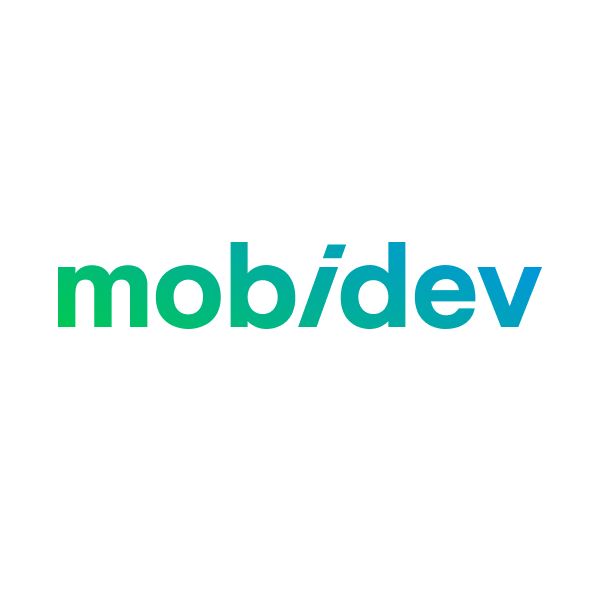378 reads
Demand Forecasting For Retail: A Deep Dive
by
November 22nd, 2020

Trusted software development company since 2009. Custom DS/ML, AR, IoT solutions https://mobidev.biz
About Author
Trusted software development company since 2009. Custom DS/ML, AR, IoT solutions https://mobidev.biz